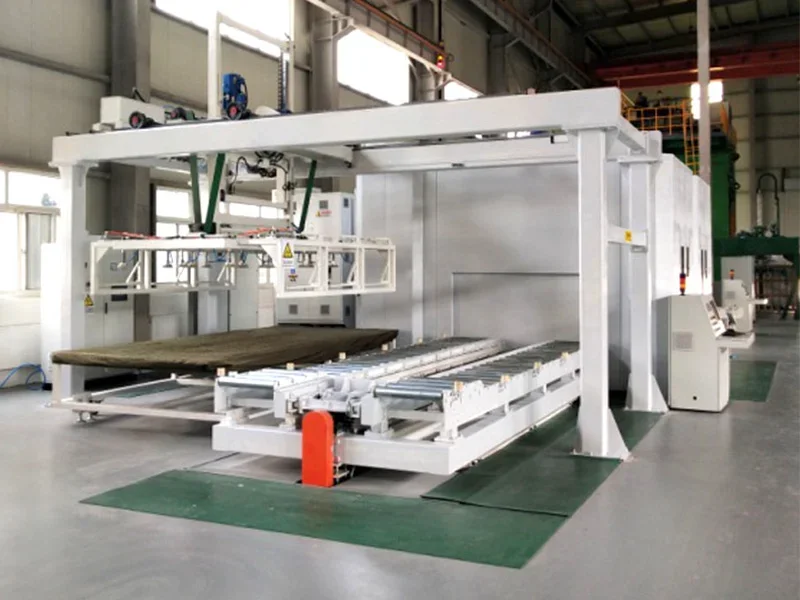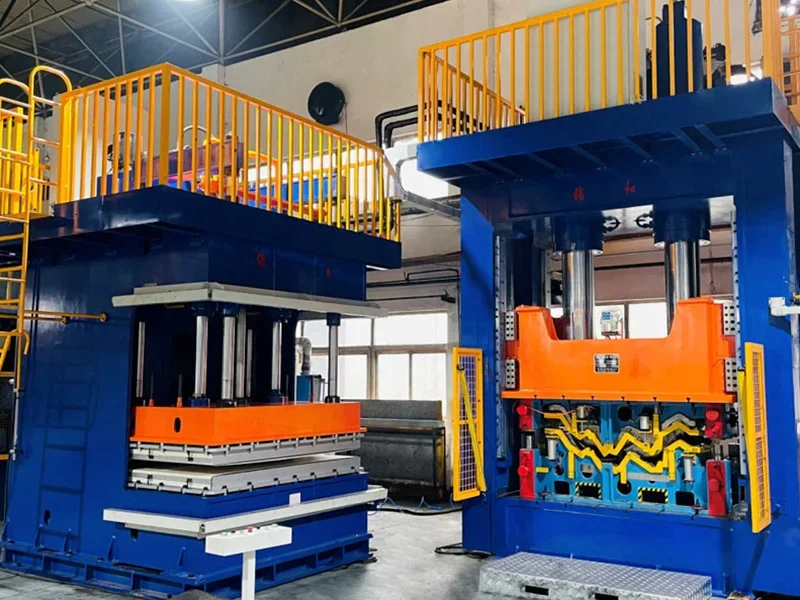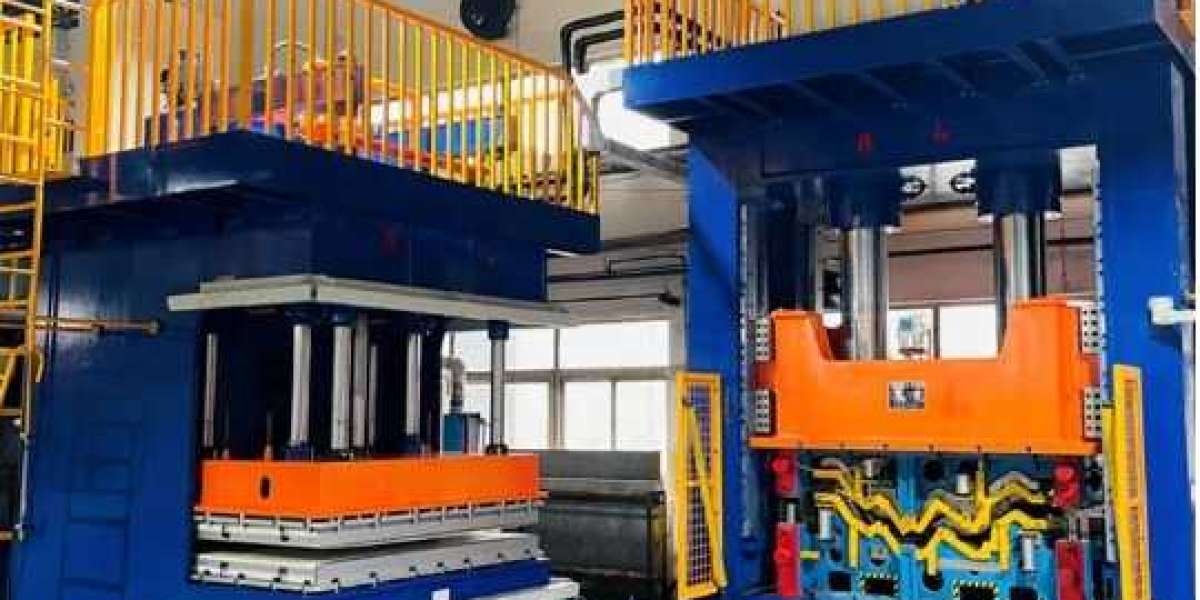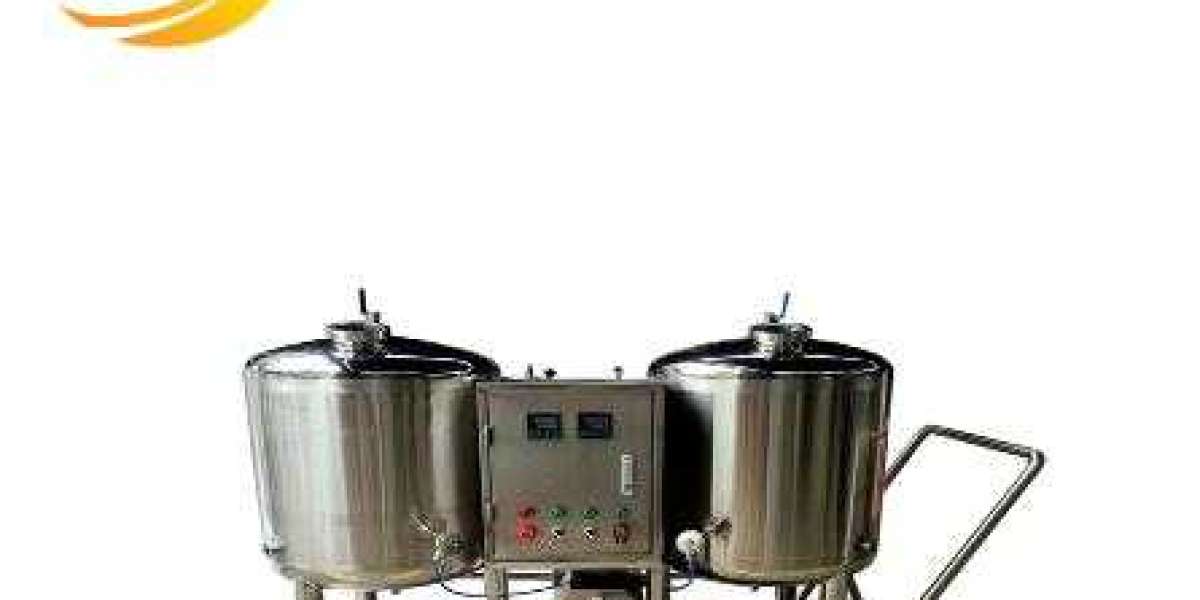Key Functions and Structural Components of Composite Presses
Innovative Features and Control Systems of Composite Presses
Diverse Applications and Precision Standards for Composite Presses
For those seeking a versatile and durable solution for their printing needs, the composite press stands out as a reliable choice. Offering a blend of strength and efficiency, this innovative technology caters to various industries with its high-quality output. With its advanced features and user-friendly design, the composite press streamlines operations while delivering exceptional results. Whether you are in publishing, packaging, or any other sector requiring top-notch printing capabilities, the composite press is designed to meet your demands effectively.
Discover how this cutting-edge equipment can elevate your printing processes and enhance overall productivity. Stay tuned to explore the benefits, applications, and impact of incorporating a composite press into your workflow.
Understanding Composite Presses
Types of Composite Presses
Composite presses come in various types, each designed for specific applications. Compression presses are commonly used for molding thermoset materials like fiberglass and composite laminate sheets. On the other hand, injection presses are ideal for processing thermoplastic composites by injecting melted material into a mold.
Composite press machines can also be categorized based on their structure, such as hydraulic, mechanical, or pneumatic presses. Hydraulic composite presses use fluid pressure to generate force, while mechanical ones rely on mechanisms like screws or toggles. Pneumatic presses use air pressure to compress materials during the molding process.
Working Principles of Composite Presses
The operation of composite press machines involves several crucial steps. First, the raw materials are placed inside a mold cavity within the press. Then, depending on the type of press being used, either heat and pressure or injected molten material is applied to shape the composite material.
During compression molding in a hydraulic press, both heat and pressure work together to cure the material inside the mold cavity effectively. Injection molding in composite presses involves melting raw thermoplastic material and injecting it into a pre-designed mold under high pressure to form intricate shapes with precision.
Pros:
Versatile application across various industries
Efficient production processes with high precision
Types and sizes of composite presses
Types
Composite presses come in various types, each designed for specific purposes. Hydraulic composite presses are known for their high force capacity, making them ideal for applications requiring significant pressure. Pneumatic composite presses, on the other hand, use air pressure to generate force and are often preferred for lighter-duty tasks.
Hydraulic composite press: High force capacity
Pneumatic composite press: Uses air pressure
Different industries may require specialized composite presses tailored to their unique needs. For instance, the aerospace industry commonly uses hot compression molding presses to produce high-strength components like aircraft panels.
Sizes
Composite presses also vary in size to accommodate different production scales. Smaller benchtop composite presses are suitable for research labs or small-scale manufacturing operations due to their compact design and ease of use. In contrast, large industrial-grade floor-standing composite presses can handle heavy-duty production requirements efficiently.
Benchtop composite press: Small scale
Floor-standing composite press: Large scale
When choosing a composite press size, manufacturers consider factors such as available space, production volume, and desired output capacity. For example, a company focusing on prototype development might opt for a benchtop press initially before scaling up as demand grows.
Key Functions and Structural Components of Composite Presses
Primary Function
Composite presses serve to apply pressure evenly throughout the mold cavity. This function is crucial for ensuring that the composite materials are compacted uniformly, resulting in high-quality finished composite parts.
Composite presses are equipped with various structural components that work together to facilitate efficient and precise molding processes. These include platens, heating systems, control panels, and safety features. The frame of the press provides stability and support for these components during operation.
Structural Components
Platens are essential elements of composite presses as they exert pressure on the mold to shape the material. Heating systems help regulate temperature within the press to ensure optimal curing of composite materials. Control panels allow operators to monitor and adjust parameters such as pressure levels and heating settings.
Safety features like emergency stop buttons, light curtains, and interlocking mechanisms enhance operator safety by preventing accidents during press operation. Each component plays a vital role in achieving accurate molding results while prioritizing the well-being of personnel working with the equipment.

Working principle of compound press
Contact Force
A composite press operates based on the principle of contact force, which is the pressure applied when two objects are touching. This force plays a crucial role in the functioning of a composite press, as it determines how materials are compressed or shaped. For instance, when a composite material is placed between two molds in a press, the contact force exerted by the machine compresses and shapes the material into its desired form.
Contact force ensures that there is adequate pressure to mold materials effectively within a composite press. It enables uniform distribution of pressure across the material being processed, resulting in consistent and high-quality output. Moreover, by controlling the contact force applied during pressing operations, manufacturers can achieve precise shaping and molding of various composite materials with accuracy.
Force Distribution
In a compound press, understanding force distribution is essential for optimal performance. The machinery must distribute forces evenly to prevent uneven shaping or potential damage to materials during processing. By ensuring that forces are distributed uniformly across the entire surface area of the material being pressed, manufacturers can avoid defects such as warping or cracking.
Proper force distribution also contributes to enhancing production efficiency and reducing waste by minimizing errors or rework caused by inadequate pressure application. Manufacturers often calibrate their compound presses to maintain consistent force distribution throughout each pressing cycle, leading to improved product quality and overall operational effectiveness.
Innovative Features and Control Systems of Composite Presses
Programmable Controls for Precise Process Parameters
Modern composite presses are equipped with programmable controls that allow operators to set precise parameters for the molding process. These controls enable adjustments in temperature, pressure, and curing time, ensuring consistent and high-quality production. Operators can customize settings based on the specific requirements of each composite product.
Some key advantages include:
Enhanced precision in controlling process parameters
Improved repeatability in production processes
Ability to optimize settings for different types of composites
Advanced control systems offer a range of benefits such as:
Increased efficiency in monitoring and adjusting critical variables
Minimized material waste due to accurate parameter control
Automation Technologies for Productivity Improvement
In addition to programmable controls, modern composite presses integrate automation technologies to streamline operations. These technologies help enhance productivity by reducing manual intervention and minimizing human error during the molding process. By automating repetitive tasks, operators can focus on other crucial aspects of production.
Key points regarding automation technologies include:
Integration of robotic systems for material handling.
Utilization of sensors for real-time data collection.
Implementation of automated quality inspection processes.
Automation technology brings several advantages like:
Higher throughput rates due to continuous operation.
Enhanced safety by reducing operator exposure to high temperatures.
Diverse Applications and Precision Standards for Composite Presses
Wide Range of Applications
Composite presses are utilized in a wide range of industries, such as aerospace, automotive, sports equipment, and construction. In the aerospace sector, composite presses are crucial for manufacturing lightweight yet strong components like aircraft wings. Automotive companies use these presses to create parts that enhance fuel efficiency and vehicle performance.
In the sports equipment industry, composite presses play a vital role in producing high-performance gear like tennis rackets or golf clubs. In construction, these machines help manufacture durable materials used for infrastructure projects. The versatility of composite presses highlights their importance across various sectors.
Aerospace: Lightweight aircraft components
Automotive: Fuel-efficient vehicle parts
Sports Equipment: High-performance gear
Construction: Durable building materials
Importance of Precision Standards
The precision standards maintained by composite presses are essential to ensure consistent part quality and dimensional accuracy. These machines apply specific pressures and temperatures necessary to mold materials like fibers into desired shapes effectively.
By meeting industry-specific standards meticulously, manufacturers guarantee the reliability and performance of the final products. Whether it's using precise pressure control during pressing or maintaining optimal temperature levels throughout the process, adherence to precision standards is critical in achieving exceptional results consistently.
Consistent part quality ensured
Dimensional accuracy maintained
Reliability and performance guaranteed
Maintenance and Repairs of Composite Presses
Composite presses require regular maintenance to ensure optimal performance. Regular maintenance involves cleaning, lubricating moving parts, and inspecting for any signs of wear or damage. Neglecting maintenance can lead to reduced efficiency and costly repairs.
One key aspect of maintaining composite presses is cleaning. Dust, debris, or resin buildup can affect the press's functionality over time. Regularly wiping down surfaces with a damp cloth and using compressed air to clean hard-to-reach areas can prevent issues. Lubricating components such as guide rails and bearings helps reduce friction and prolongs the lifespan of the press.
Proper inspection is crucial in identifying potential problems early on. Checking for loose bolts, leaks, or unusual noises during operation can prevent major breakdowns. Addressing minor issues promptly through adjustments or replacements can save time and money in the long run. Scheduled inspections by trained technicians ensure thorough assessments of all components.
Regular cleaning prevents dust buildup
Lubricating moving parts reduces friction
Inspection helps identify problems early
In case repairs are needed, it is essential to rely on qualified professionals experienced in working with composite presses. Attempting DIY repairs without proper knowledge can worsen the problem or pose safety risks. Professional repair services offer expertise in diagnosing issues accurately and implementing effective solutions.
When considering repair options for composite presses, it's important to weigh factors like cost-effectiveness, downtime impact, and quality of service provided by different vendors before making a decision.

Closing Thoughts
The exploration of composite presses has shed light on their diverse applications, intricate functions, and crucial maintenance needs. Understanding the types, sizes, working principles, and innovative features of these machines is paramount for industries relying on precision standards. The structural components and control systems play a pivotal role in ensuring efficiency and accuracy in composite press operations. Emphasizing maintenance and repairs is essential to prolonging the lifespan and maximizing the performance of these complex systems.
To delve deeper into the world of composite presses, further research into emerging technologies, advanced materials, and enhanced functionalities is recommended. Staying informed about industry trends and best practices will enable professionals to harness the full potential of composite presses for a wide array of applications. Continuous learning and adaptation are key in optimizing the utilization of these sophisticated machines.
Frequently Asked Questions
What are composite presses used for?
Composite presses are primarily used in industries like aerospace, automotive, and construction for manufacturing composite materials. They help in shaping, molding, and curing composites under high pressure and temperature to create strong and durable products.
How do composite presses work?
Composite presses use hydraulic or mechanical force to apply pressure on layers of composite materials such as carbon fiber or fiberglass. This pressure helps consolidate the layers together while heat can be applied simultaneously to cure the material into a solid form.
What maintenance is required for composite presses?
Regular maintenance of composite presses involves checking hydraulic systems, inspecting structural components for wear or damage, lubricating moving parts, calibrating control systems, and ensuring safety features are functioning correctly. Scheduled maintenance helps prevent breakdowns and ensures optimal performance.
What are the key components of a composite press?
Key components of a composite press include platens (pressure plates), heating elements (for temperature control), hydraulic systems (for applying pressure), controls (to regulate pressure and temperature), safety mechanisms (emergency stops, interlocks), frame structure (to support pressing operations), and insulation materials.
Are there different types/sizes of composite presses available?
Yes, there is a variety of sizes ranging from small benchtop models suitable for research labs to large industrial-scale machines capable of producing massive structures. Types include hot press machines that use heat during pressing operation or cold press machines that rely solely on mechanical force.








